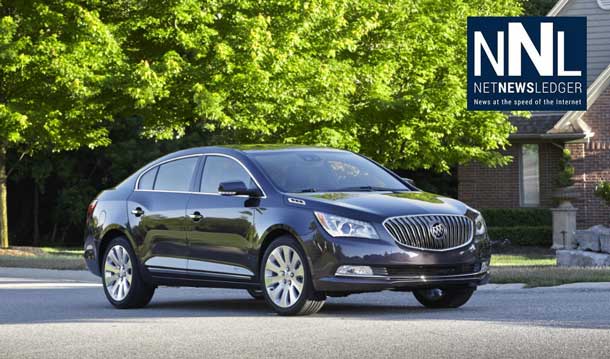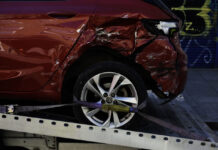NORTH BAY – Drivers surely know this best: if the weather is bad outside, avoid driving as much as you can. It’s true, weather can be unpredictable, now it’s sunny and then it’s raining. So the roads are like a living hell. You always need to make sure you see the road clearly, because otherwise you can encounter problems, and you want to stay safe first and foremost. There are many risks on road, and the weather can make things much worse. Here are a few important things to keep in mind when the weather goes downhill.
Try to not drive
If you don’t really have to drive, stay home; especially if there is really bad weather. Try to stay inside if there is fog, ice or even heavy rain. If you have to go out, try public transport. If the weather is bad for more than one day, talk to your boss and arrange to work from home if you can. Some of you may live in rural areas and the risks are higher when it comes to flooding or snow.
Always be prepared
Your car should be well maintained, so make sure to keep it serviced regularly. Check the tires to see if they’re in their best condition – the tread depth should be of at least 1/8 of an inch to be safe outside. The anti-freeze from your radiator and windscreen wash bottle should always be topped off in your car, and keep an ice-scraper,de-icer and a winter driving kit for emergencies. Keep roadside flares, cloths, even a blanket with some warm clothes in it. Also, a first-aid kit and a reflective vest should not be forgotten.
In winter, there’s a high chance your car battery may die at some point. If the age of your battery exceeds 5 years, you should replace it. It’s also a very good idea to always check forecasts and take well-maintained roads. The great majority of roads are usually cleaned up and sanded, too. If you’re having problems, here’s how to get out of the snow.
Slow down
If the roads are wet and icy, it’s always a good idea to just slow down. It will take longer to react to dangerous situations. So drive slowly until the road conditions improve. Take into account the speed limit and drive accordingly.
Let a gap between your car and the car in front of you…
…because that gap represents your safe braking space in dangerous situations. It usually takes 4 seconds to stop safely but to be really safe, you should leave more space when road conditions are poor. Stopping distances can double when the road is wet or icy. Do not count on other people’s tail lights, as they’re only a false sense of security and not a true indicator if someone is just taking their foot off the gas to slow down. Keep your attention on the road to stay safe!







